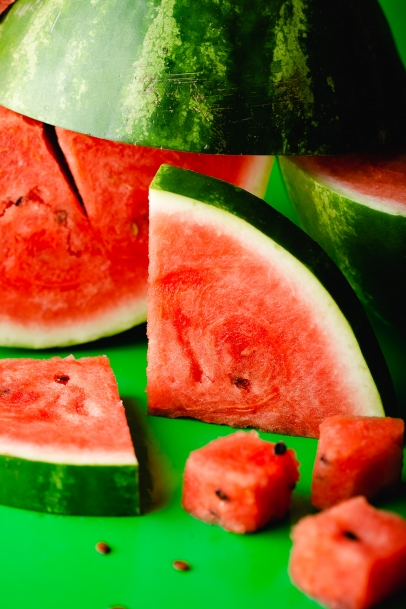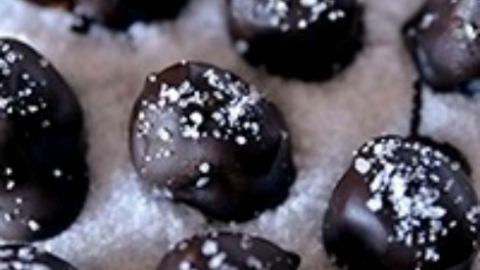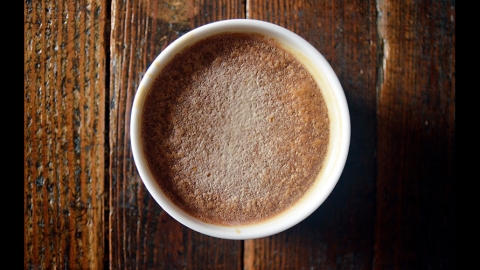Watermelon
I have vivid memories of sweaty skin, feet dangling off the back of a pickup truck parked at the 4-H fairgrounds, one large watermelon triangle in each hand and a riveting contest of who could spit the watermelon seeds the farthest. But the memory that sticks out strongest in my mind is the constant battle between two groups of people at every gathering: the ones who reach for the saltshaker and the ones who don’t. Watermelon isn’t overly sweet by any means, but you’ll always find me reaching for the saltshaker.
The first recorded watermelon harvest occurred nearly 5,000 years ago in Egypt. Today, more than 1,000 varieties are cultivated in around 96 countries worldwide, and about 300 of those varieties are grown in the United States.
Seedless watermelons were invented over 50 years ago and have become the most commonly cultivated watermelon in the United States, accounting for 90% of consumption. Mini watermelons are gaining popularity for being easier to handle. Yellow and orange varieties offer a fun twist. These varieties lack lycopene, the natural compound that gives a typical watermelon its red color, and they tend to be a bit sweeter.
Because of its high water content, watermelon can help you stay hydrated in the warmer months. It’s high in potassium, magnesium and vitamins A and C, while being relatively low in calories. Its juiciness and mild sweetness make it perfect for salads, desserts and beverages. If you are in the club of people who don’t reach for the saltshaker, I challenge you to at least try one of the recipes here. You may discover that you enjoy the magic that happens when watermelon and salt come together.
Selecting:
Selecting the perfect watermelon can be confusing, since there is no way of knowing what lies beneath that tough green skin until you actually slice through it. Lift the watermelons when selecting to find one that feels heavier than it looks; this probably means the water content is high. The higher the water content, the sweeter the watermelon will be. Make sure your watermelon has a large, creamy, yellowish spot on one side. This mark shows where the watermelon sat on the ground while it ripened. The darker that yellow spot is, the more likely it sat on the ground longer and ripened fully. Rounder watermelons also tend to be sweeter than oval ones.
Storing:
Watermelons do not continue to ripen once they have been harvested, so there is no perk to storing your watermelon longer than necessary. Once you bring your watermelon home, you can store it on the counter at room temperature for up to 7 days. After it has been cut, store it, covered, in the refrigerator for up to 2 to 3 days.
Pairing:
Allspice, apples, arugula, avocados, balsamic vinegar, bananas, basil, beef, beets, blackberries, black peppercorns, blueberries, butter, cheese, chicken, chocolate, cilantro, cinnamon, cloves, coconut, corn, cream, fish, garlic, ginger, honey, jalapeños, lemon, lettuce, lime, mangos, maple syrup, melons, milk, mint, mustard, nutmeg, olive oil, onions, oranges, parsley, peaches, pears, pecans, peppers, pistachios, plums, pork, rum, salt, spinach, strawberries, sugar, tequila, thyme, tomatoes, vanilla, vinegar, vodka, wine, yogurt.






